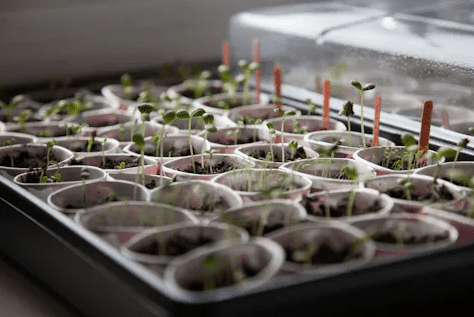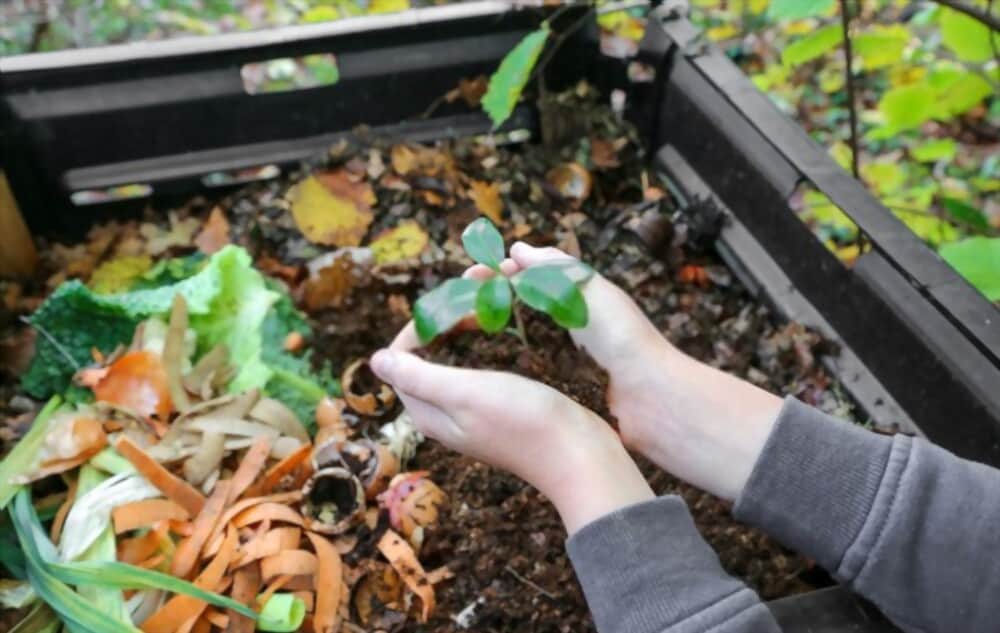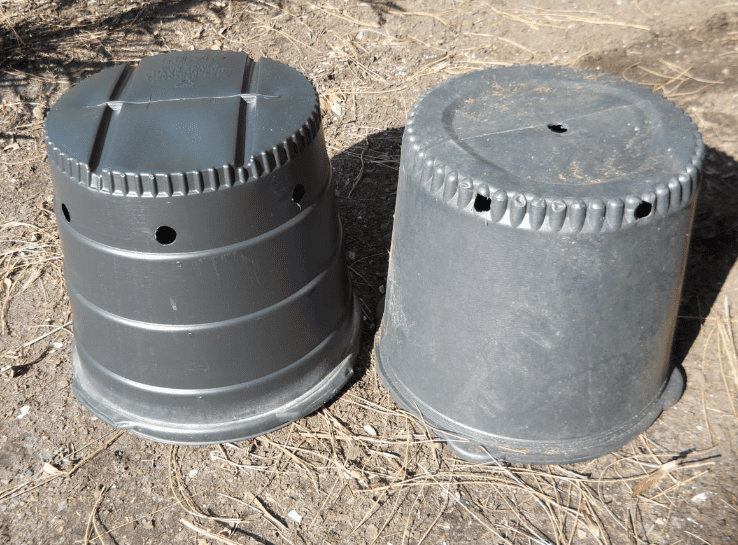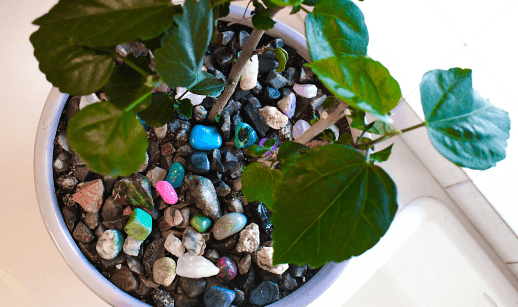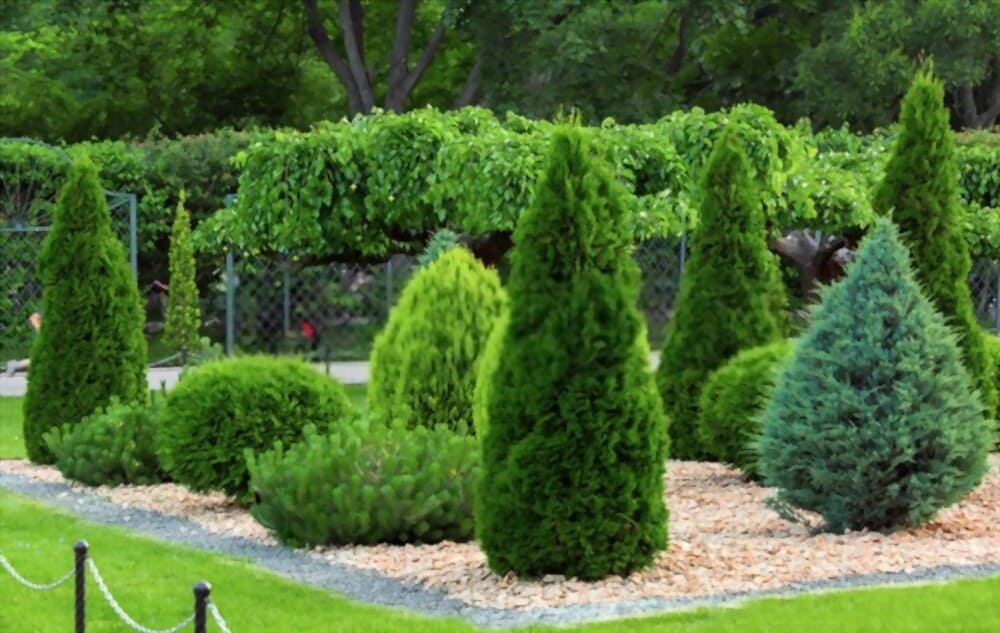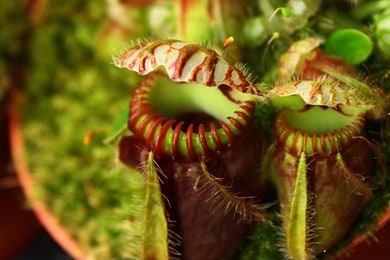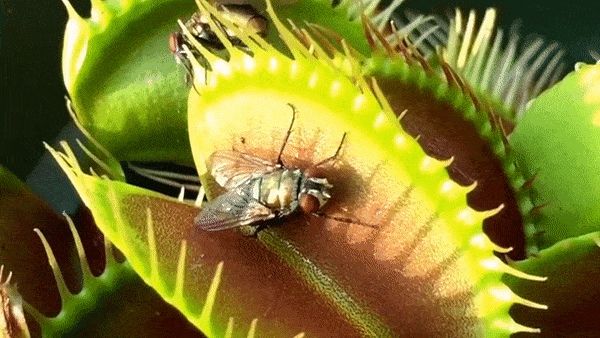Bottom Watering Seedlings: A Complete Guide
A fantastic approach to make sure seedlings are receiving the necessary amount of water to grow healthily is to bottom water them. Because you can overwater once done correctly, it eliminates the guesswork in determining how much to water. By enabling the entire root system to utilize the applied water that has been evenly dispersed …

